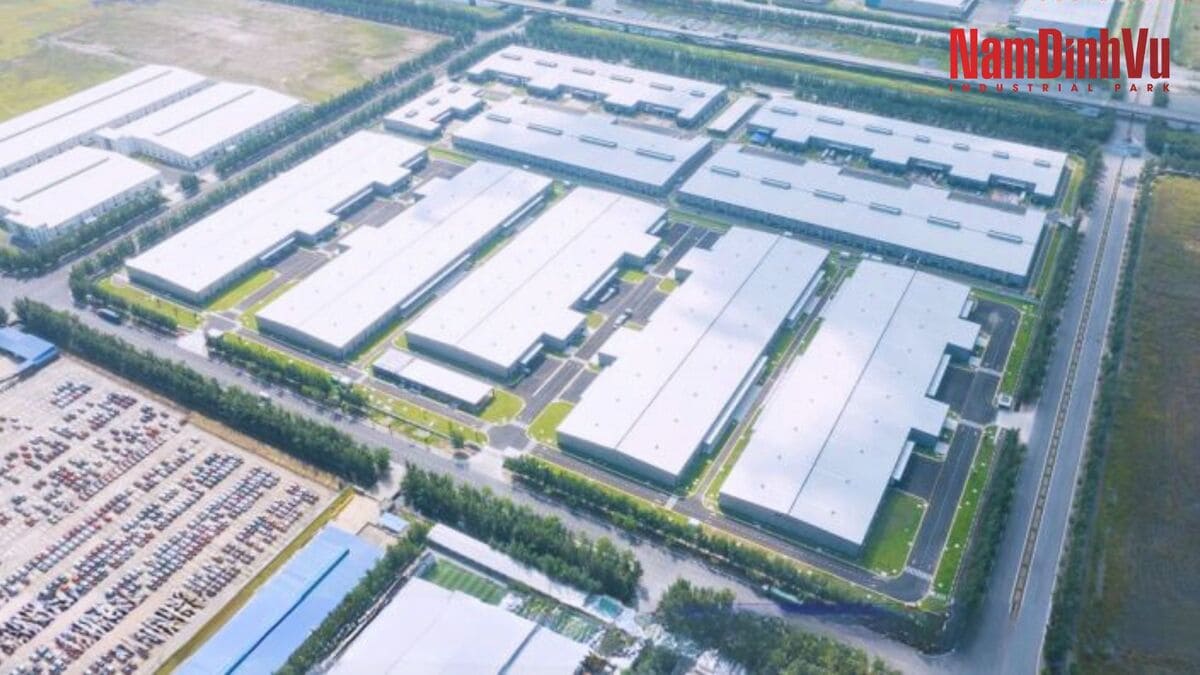industrial zone in vietnam
Vietnam’s industrial real estate sector is on track for substantial growth, especially regarding land rental prices. The ongoing influx of foreign direct investment (FDI) and significant infrastructure advancements are anticipated to drive a notable increase in industrial land rental prices over the next three years.
Key Drivers Behind the Increase in Industrial zone Land Rental Prices in Vietnam
A variety of factors are fueling the expected rise in industrial land rental prices in Vietnam. A major contributing factor is the growing demand for industrial land, both from local and foreign investors. This is particularly evident in high-demand regions such as Ho Chi Minh City, Hai Phong, and Binh Duong. As Vietnam becomes a more appealing location for manufacturing and logistics businesses, competition for land within these industrial zones continues to intensify.
Additionally, the development of key infrastructure projects like new highways, ports, and airports is improving the connectivity of industrial zones, which in turn increases their attractiveness. Improved transportation networks are likely to prompt businesses to pay higher rents to secure premium land in these zones.
According to Doanh Nghiep Vietnam Magazine, the rise in industrial land rental prices is mainly driven by the growing demand for factory spaces and the relocation of global supply chains to Vietnam. These changes are also influenced by trade agreements and Vietnam’s strategic position in the global supply chain. (1)
Projected Growth in Industrial Land Rental Prices (2)
According to CBRE Vietnam, industrial land rental prices in Vietnam are projected to increase by 4% to 8% annually in the northern region and 3% to 7% annually in the southern region over the next three years. This growth is fueled by the rising demand for industrial spaces, the ongoing shift of supply chains to Vietnam, and infrastructure improvements such as the development of highways, seaports, and international airports.
New industrial parks are expected to emerge in areas like Hai Phong and Vinh Phuc in the north, and Binh Duong, Dong Nai, and Long An in the south, where industrial space demand is rapidly escalating. Companies in manufacturing, logistics, and high-tech sectors are seeking industrial spaces that meet strict requirements regarding infrastructure and location.

Implications for Investors
For investors and businesses looking to establish operations in Vietnam’s industrial zones, the next few years present an opportunity to secure land at more favorable rental rates before prices rise further. As industrial land prices increase, early investment could result in higher returns as competition for prime locations intensifies.
Moreover, as demand for industrial zones grows, there is also an uptick in the development of ready-built factories (RBFs) and warehouses, further driving the rental market. Leading industrial developers like Frasers Property, Logos, and BW Industrial are planning significant expansions to cater to the rising demand for functional industrial spaces, ensuring that businesses have plenty of options to scale their operations.
In conclusions, the industrial land rental market in Vietnam is on a growth trajectory, with prices expected to rise significantly in the next three years. Investors and businesses looking to capitalize on this growth should consider acting quickly to secure prime locations in Vietnam’s expanding industrial zones. With ongoing improvements in infrastructure and continued foreign investments, Vietnam’s industrial sector is poised to remain one of the most dynamic and profitable markets in the region.
Source:
(1). Vietnam Business Magazine
(2). VIR
